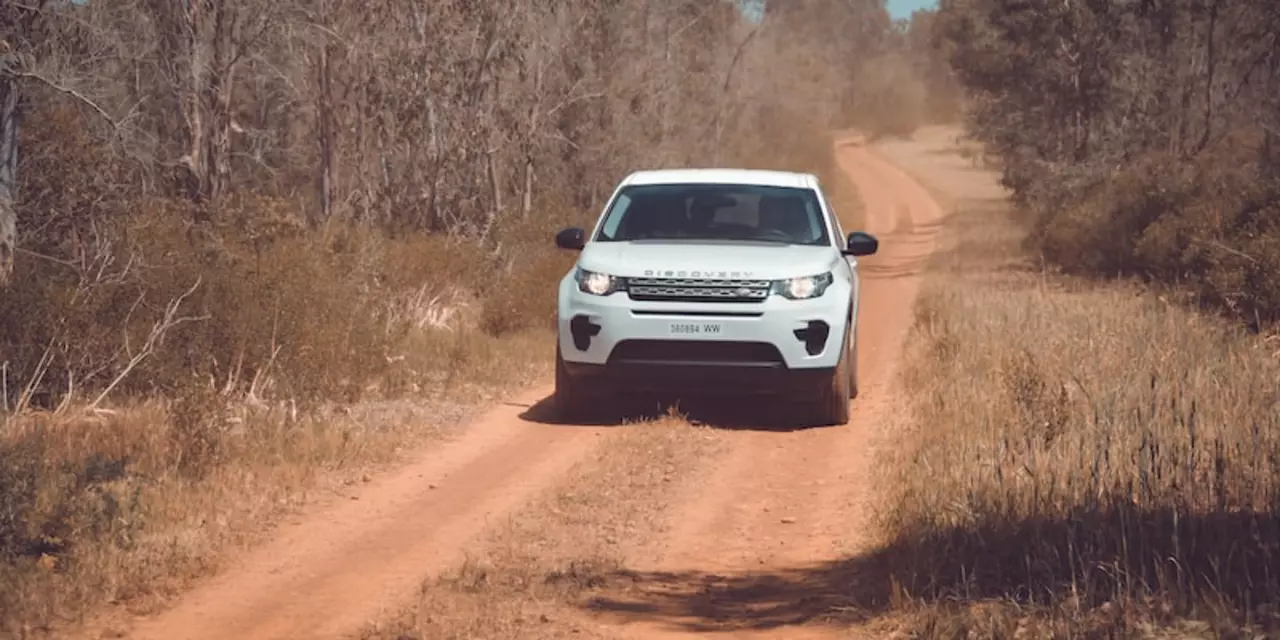Driving Tips, Test Drives and Everyday Advice
Whether you’re slipping behind the wheel for the first time or you’ve been cruising for years, the right info can make every drive smoother. On this page we’ll break down the basics of a solid test drive, what to expect from a dealer’s credit check, and a handful of safety habits you can start using today.
How to Nail Your First Test Drive
Walking into a dealership can feel like a high‑stakes audition. First, call ahead and ask if they run a credit check before the test drive. Some places do it to confirm you’re a serious buyer, especially for high‑priced models like Ferraris. If they do, ask what information they need – usually just a quick soft pull that won’t affect your score.
Bring a valid driver’s license and a proof of insurance. Even if you’re only looking around, most dealers won’t hand over the keys without these. When you hop in, start by checking the seat position, mirrors, and controls. A comfortable stance means you’ll be better able to judge handling.
Take the car for at least 10‑15 miles or 20‑30 minutes. That distance gives you time to test acceleration, braking, and cornering. Pay attention to how the steering feels – is it too loose, too tight, or just right? Listen for any odd noises; a smooth engine should be quiet under moderate throttle.
Don’t forget the little things: how easy is it to connect your phone via Bluetooth? Is the infotainment system intuitive? These details affect daily enjoyment just as much as raw power.
Everyday Driving Safety Basics
Once you own a car, making safety a habit pays off. Keep an eye on your radiator and coolant system – oil in the radiator often signals a head‑gasket leak, and that can turn a routine drive into a costly repair.
Before long trips, check tire pressure, fluid levels, and brake wear. A quick visual inspection saves you from a surprise blowout or reduced stopping power.
Weather can change a drive in an instant. If a storm rolls in, most dealerships will pause test drives for safety, and the same rule applies to you on the road. Slow down, use headlights, and increase following distance. Wet roads need more time to stop, so give yourself extra space.
Driving isn’t just about the vehicle; it’s about your mindset. Avoid distractions, keep your phone out of reach, and stay aware of other drivers. If you ever feel fatigued, pull over at a safe spot – a short break is better than a risky finish.
Finally, remember that confidence grows with experience. Each drive teaches you something new about handling, fuel efficiency, and how your car responds. Use those lessons to refine your technique, and you’ll enjoy every mile more.
How do I take a proper car test drive?
A car test drive is an important part of the car-buying process as it allows you to get a feel for the car and make sure it is the right one for you. Taking a proper car test drive involves preparing in advance, asking the right questions, taking your time to get a feel for the car, and making sure the car has all the features you need. It is important to pay attention to the car's performance, comfort, and safety during the test drive. Lastly, it is a good idea to bring a friend or family member with you to give their opinion.
